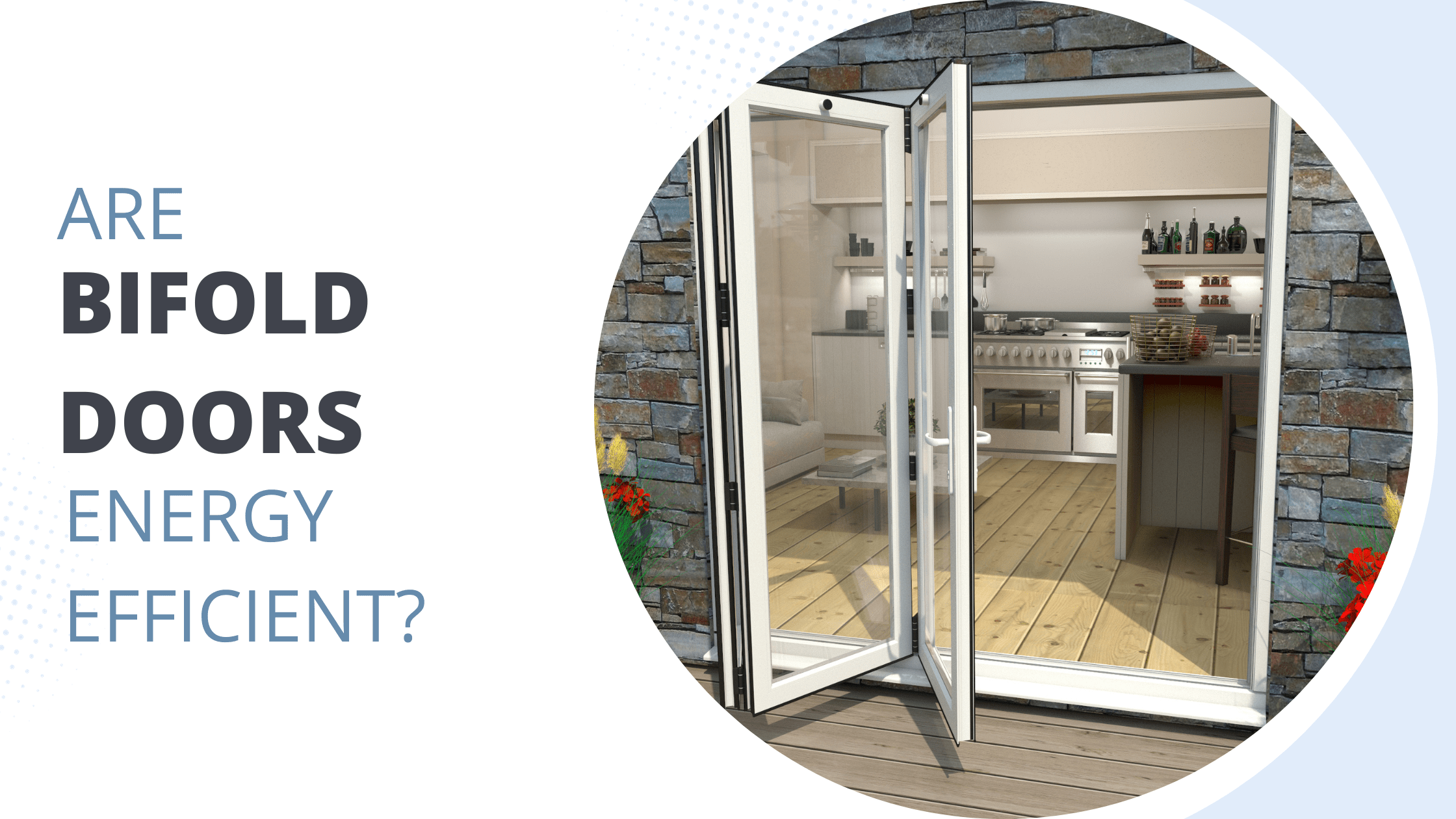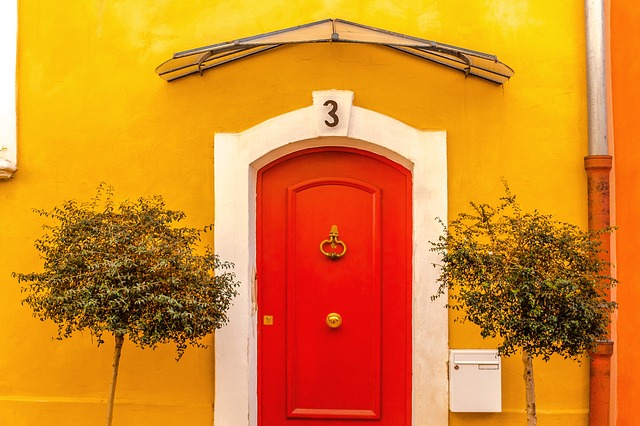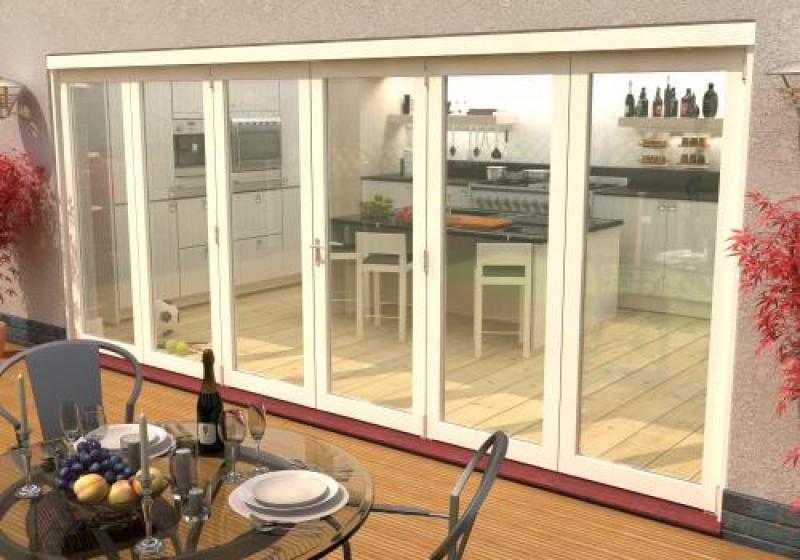Express Doors Direct ▸ Blog ▸ Are Bifold Doors Energy Efficient?
As the colder weather arrives in the UK we’re all beginning to turn our attention back to the energy efficiency of our homes. It’s important to consider the role our bifold doors play in thermal performance. Old and outdated doors can let heat escape, but upgrading your bi fold doors can certainly improve thermal efficiency.
Why should you check whether a bifold door is thermally efficient before purchasing it?
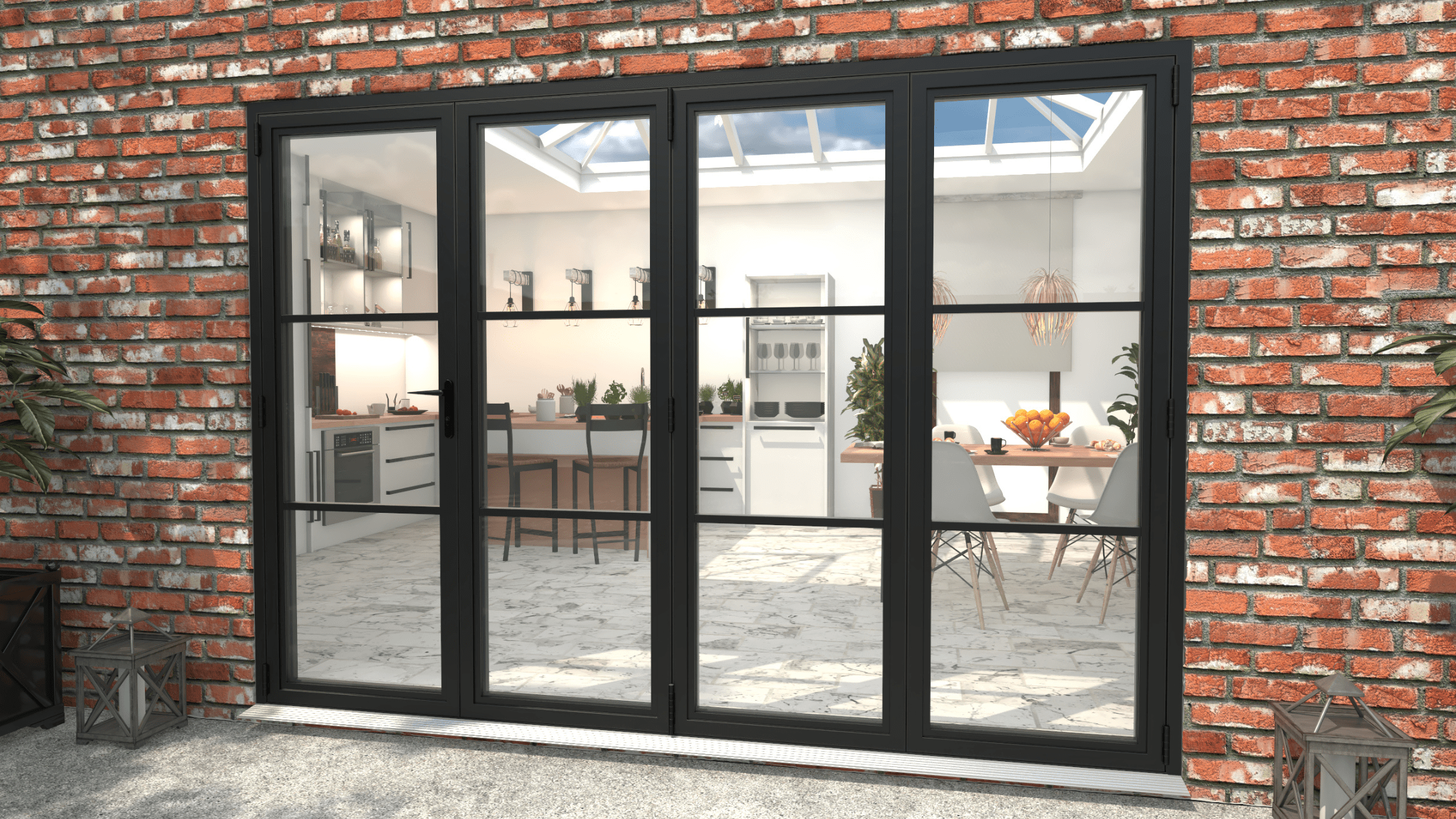
It’s really important to check if bi fold doors are energy-saving before purchase for a variety of reasons:
- Cost: the poorer the insulation properties of your door, the more expensive your heating bills are likely to be. With high quality bifold doors, you might notice your energy bills reduce due to their ability to keep heat in,
- Warmth: with an energy efficient option, you’ll feel the difference. Your home will feel warmer and more comfortable.
- Temperature Control: good thermal performance helps to keep a steady temperature, so energy efficient bi fold doors can help to keep your home cooler in hot summer weather too.
The energy saving trust cover the benefits of thermally efficient windows and doors for your home. They also cover the possible savings on your bills if you upgrade old doors and windows.
Are bifolding doors draughty or cold?

No. When installed correctly, modern bi folding doors are not draughty and they don’t make your room cold. If bi-fold doors meet high-quality standards, they should help to control how much heat escapes from your home. They will only be draughty if they’re poorly fitted or not closed properly.
Understanding bifold door thermal efficiency & material options
As we mentioned above, if you take the material in isolation then uPVC is the best insulator. However, many factors influence the overall thermal efficiency of a door.
What are the best doors for energy efficiency?
Among the most energy-efficient types of doors are uPVC doors, known for their excellent insulation properties and durability. They are a popular choice due to their ability to reduce heat loss and lower energy bills. Additionally, wooden and composite doors can also offer energy efficiency benefits.
Are aluminium bifold doors thermally efficient?
Despite being made from a conductive material, modern aluminium doors can be really thermally efficient. Aluminium bi fold doors have a thermal break within the frame that prevents conductive thermal energy loss.
This works by adding materials with low thermal conductivity into the frame, separating the two sides of the frame. This essentially ‘breaks’ the process of conducting heat, creating a frame that insulates from a material that usually doesn’t. Clever.
With the use of thermal breaks, an aluminium bifold door can offer excellent thermal efficiency. Because an aluminium door is lightweight, sturdy and durable it has many benefits, and your home energy efficiency won’t suffer.
Are uPVC bifold doors energy efficient?
Yes, uPVC bifold doors are energy efficient. UPVC has a low thermal conductivity, making it a great insulator. In addition, most uPVC door frames have air chambers inside that add to their thermal performance.
What about the glass?
Most bifold doors have large panes of glass. This creates great views and allows plenty of natural light flow, making these doors really appealing. But how does it affect their energy efficiency?
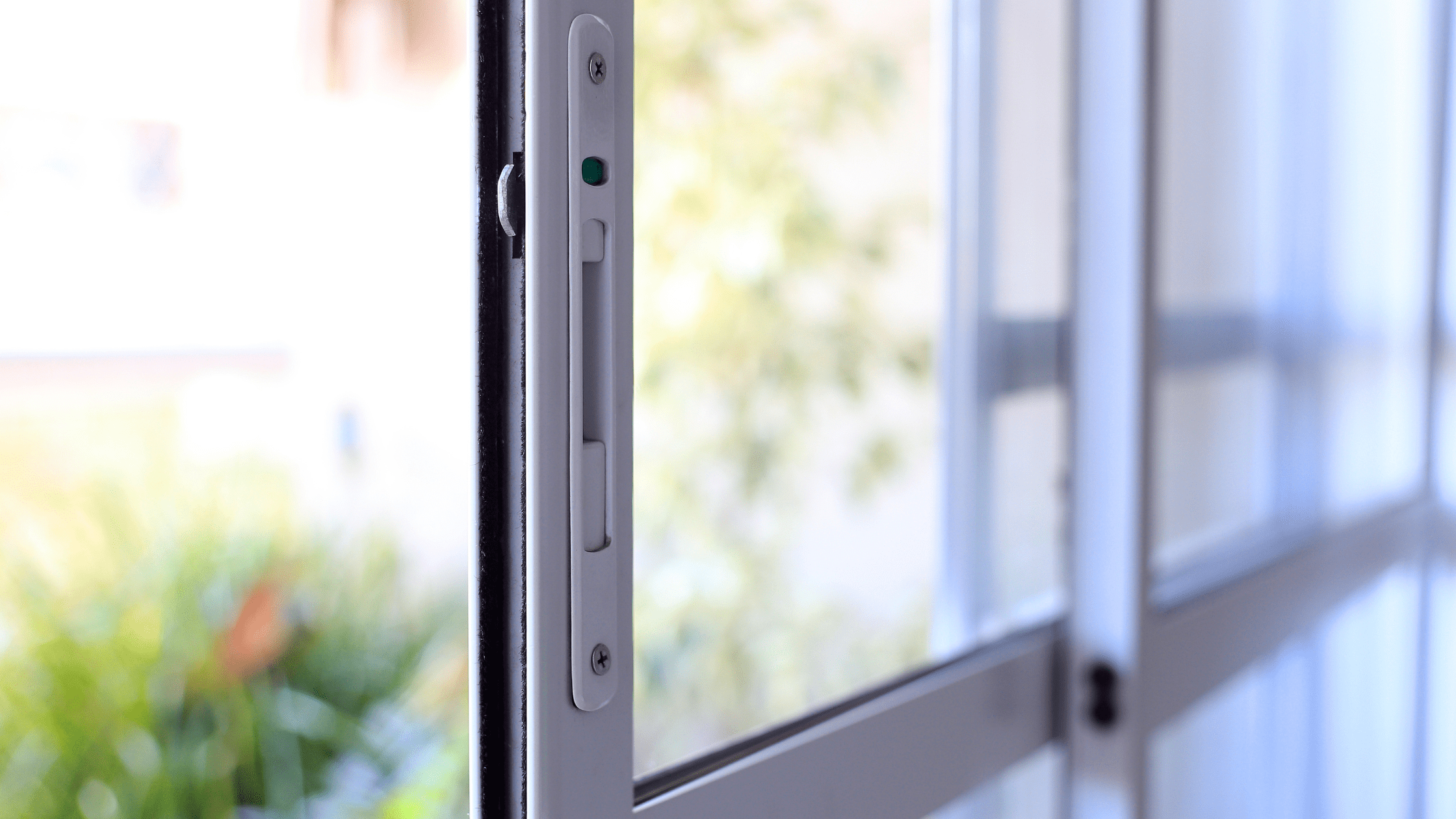
Every new bifold door manufactured today will include double glazing as a minimum. Double glazing uses two glass panels, sealed with air or argon gas in between. This creates an effective barrier, minimising heat transfer.
Triple glazing is also possible, but it is rarely worthwhile. Triple glazed doors can be slightly more energy efficient, but the small gains usually aren’t worth the cost of the extra glazing in the average UK home.
What kind of glazing should you choose for bifold doors?
Double-glazing is a must if you want better thermal efficiency from your bifold doors. Laminated security glass or toughened glass is also an important safety feature that prevents the glass from shattering into sharp shards when broken. As well as offering enhanced protection against break-ins, it also provides superior soundproofing
Low-E glass is even better than standard double glazing. When combined with argon gas, it boosts the energy efficiency of doors and windows by approximately 50%. Upgrading to low-E glass can significantly reduce your utility bills, whether it’s hot summer or cold winter.
What is Low-Emissivity glass?
Low emissivity glass, also called Low-E glass, is a specially coated type of glass that increases the energy efficiency of windows and doors. It was initially developed for colder climates to retain infrared light, but now it’s a cost-effective solution that’s more widely available, providing substantial energy savings.
We offer external bifolding doors by Climadoor that are made with low-e glass, making sure the comply with Part L of the building regulations on conservation of fuel and power.
Why is the U-Value of the doors important?
The importance of the U-value lies in its ability to measure how quickly heat escapes through various building elements. The higher the U-value, the faster the heat will escape. This information is crucial for energy efficiency and insulation purposes.
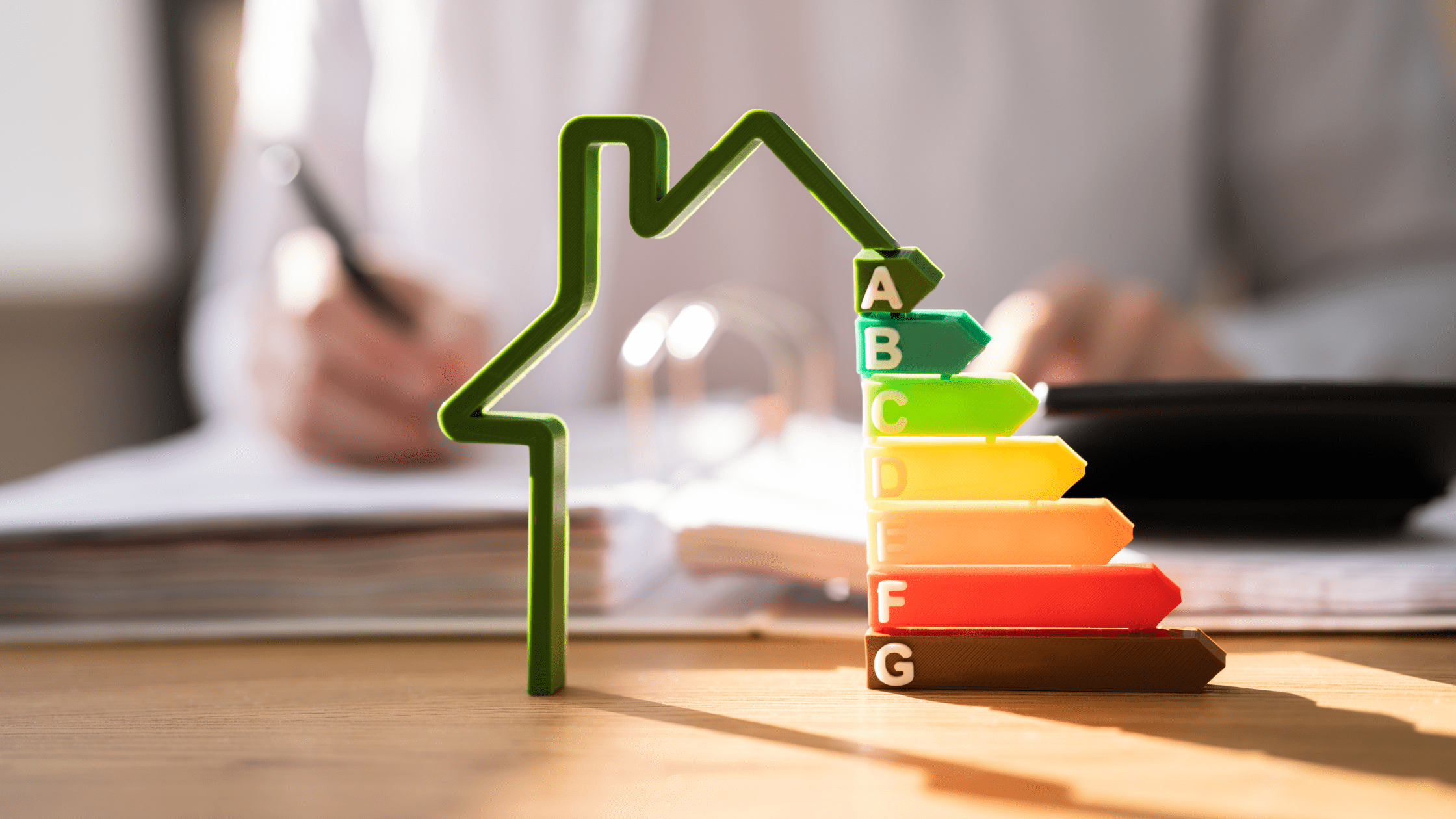
In the UK, the minimum U-value for doors in new dwellings is 1.6 or less. The 2022 Changes to Document L1A ensure that newly built homes meet a minimum standard of energy performance. Windows and doors must meet the specified U-value requirement to promote energy efficiency and reduce heat loss.
When you’re choosing a bifold door, looking for lower u-values will help you to find the most energy efficient option that fits your style and budget.
Find out more about u-values in our detailed article.
How do you stop heat loss through external bifold doors?
To make your door energy efficient, start by weather stripping the door to prevent drafts. Next, add insulation to the door frame and install a door sweep at the bottom to keep out air leaks. Consider using energy-efficient doors with low-emissivity glass and proper sealing. Finally, ensure the door is properly fitted, maintained and sealed to maximize energy efficiency.
How else can you improve thermal efficiency in the home?
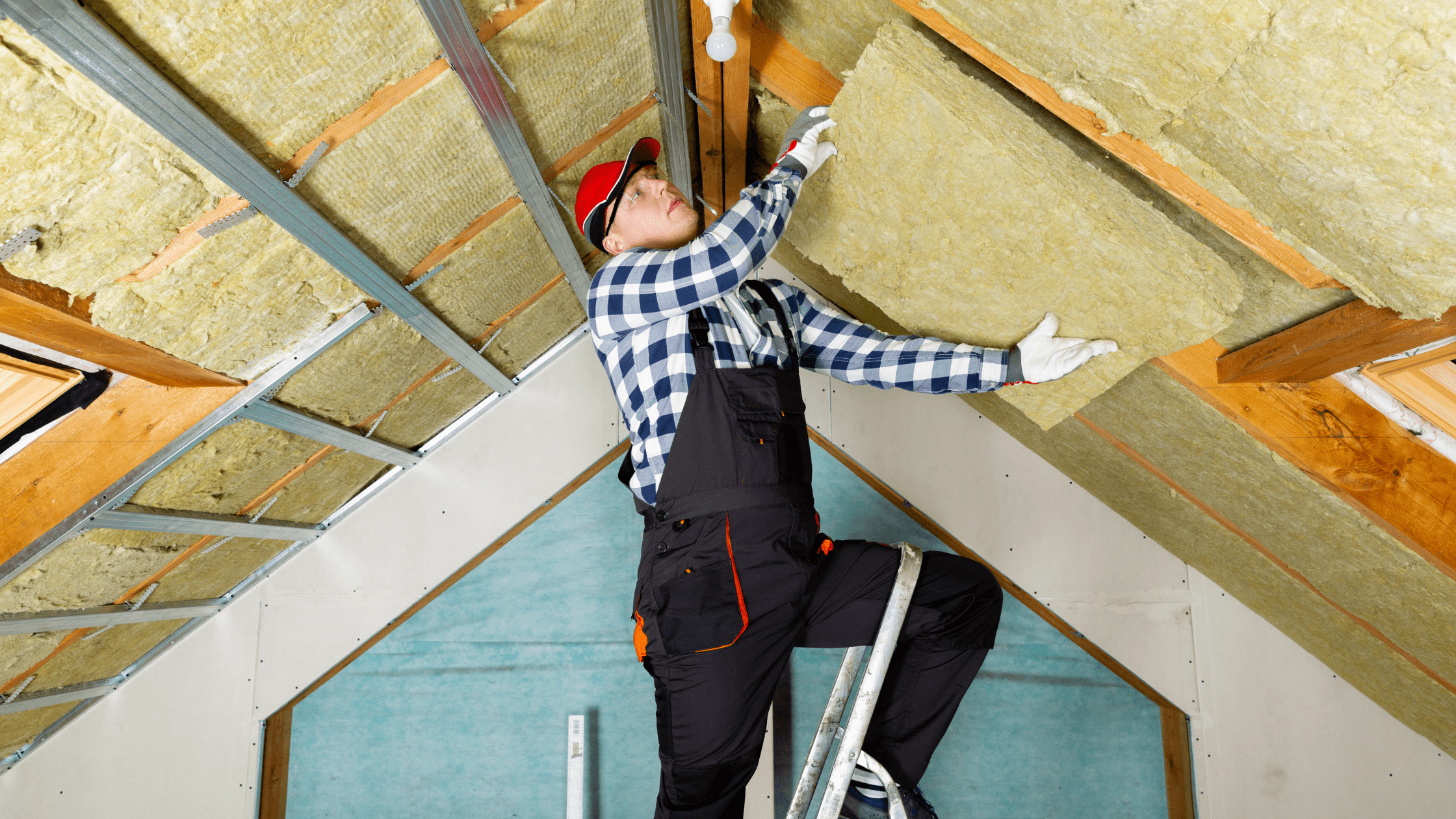
To reduce heat loss and improve overall energy efficiency consider insulating the roof and walls, installing loft insulation, upgrading windows and doors, installing an efficient heating system, and using energy-saving lighting. Also, make use of renewable energy sources like solar panels. Avoid drafts by sealing gaps and cracks. Finally, educate yourself on energy-efficient habits and take steps towards reducing waste.
This can also help to improve your home’s EPC rating. A high EPC rating can lower energy bills and increase your property’s value.
Keep your home warm with bifold doors
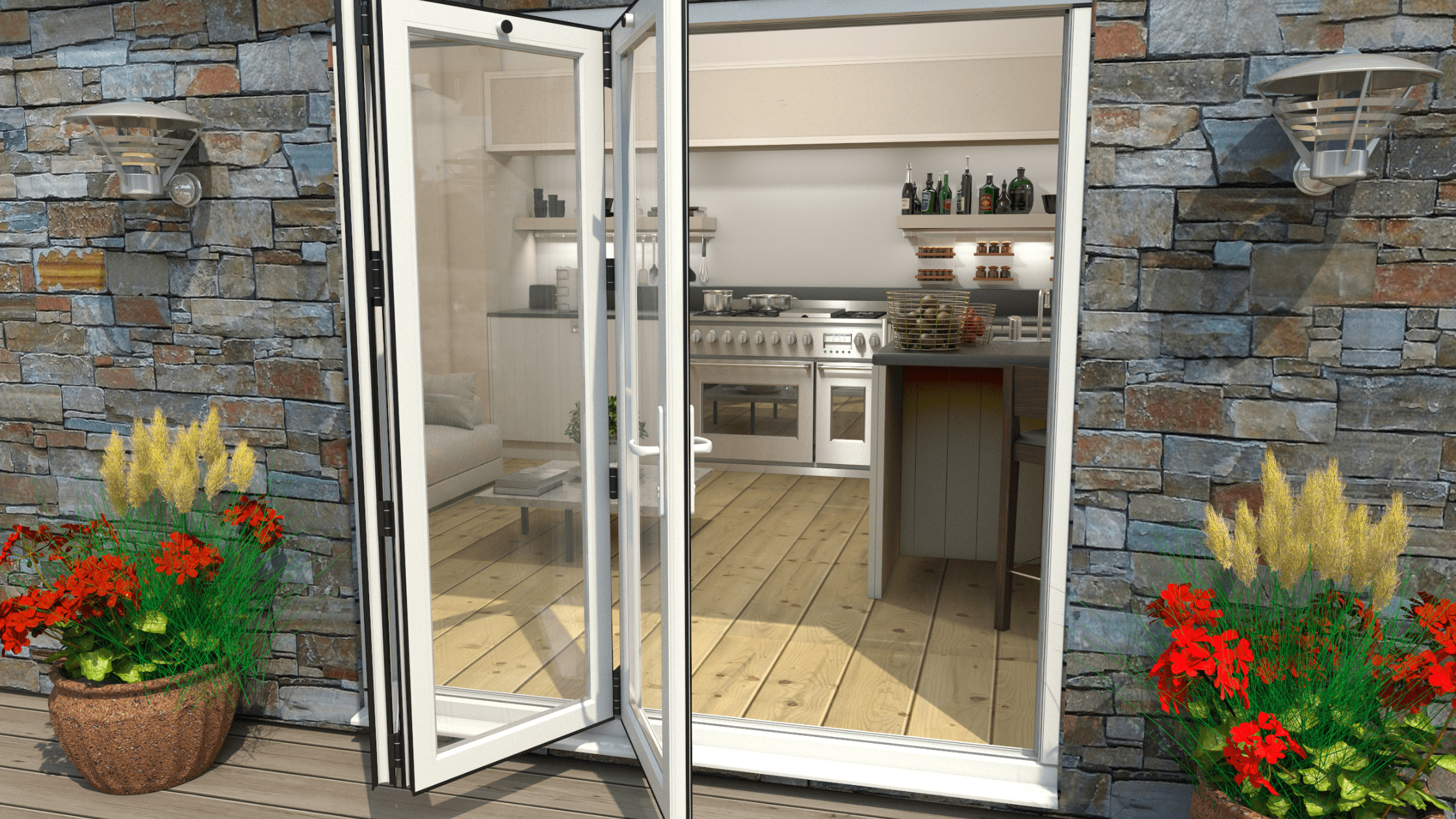
To sum up, new bifold doors are highly thermally efficient. Unlike some older and outdated patio doors, today’s models are designed to reduce draughts and retain heat through effective insulation. Bifold doors also allow ample natural light into your home, which is particularly beneficial during winter months. Enjoy energy savings and a brighter living space with thermally efficient bifold doors.
Related Posts:


Buy great value, energy efficient #PatioDoors that complement the style of any property.
Shop standard sizes in on-trend designs or ask our experts about custom doors made to measure.
 Explore our collection at expressdoorsdirect.co.uk/patio-doors
Explore our collection at expressdoorsdirect.co.uk/patio-doors Glad we could supply all the #FireDoors needed for this project DMD Internal Doors
Glad we could supply all the #FireDoors needed for this project DMD Internal Doors 
#doorinstallation #doorsupplier #joinery #derbyshire



 @followers
@followers New offers just launched!
New offers just launched! From FREE door handles to unbeatable discounts on folding doors, patio doors and prefinished oak doors, our early summer sale has everything your project needs. T&Cs apply.
Find a deal today at expressdoorsdirect.co.uk/special-door-offers
@followers






















































